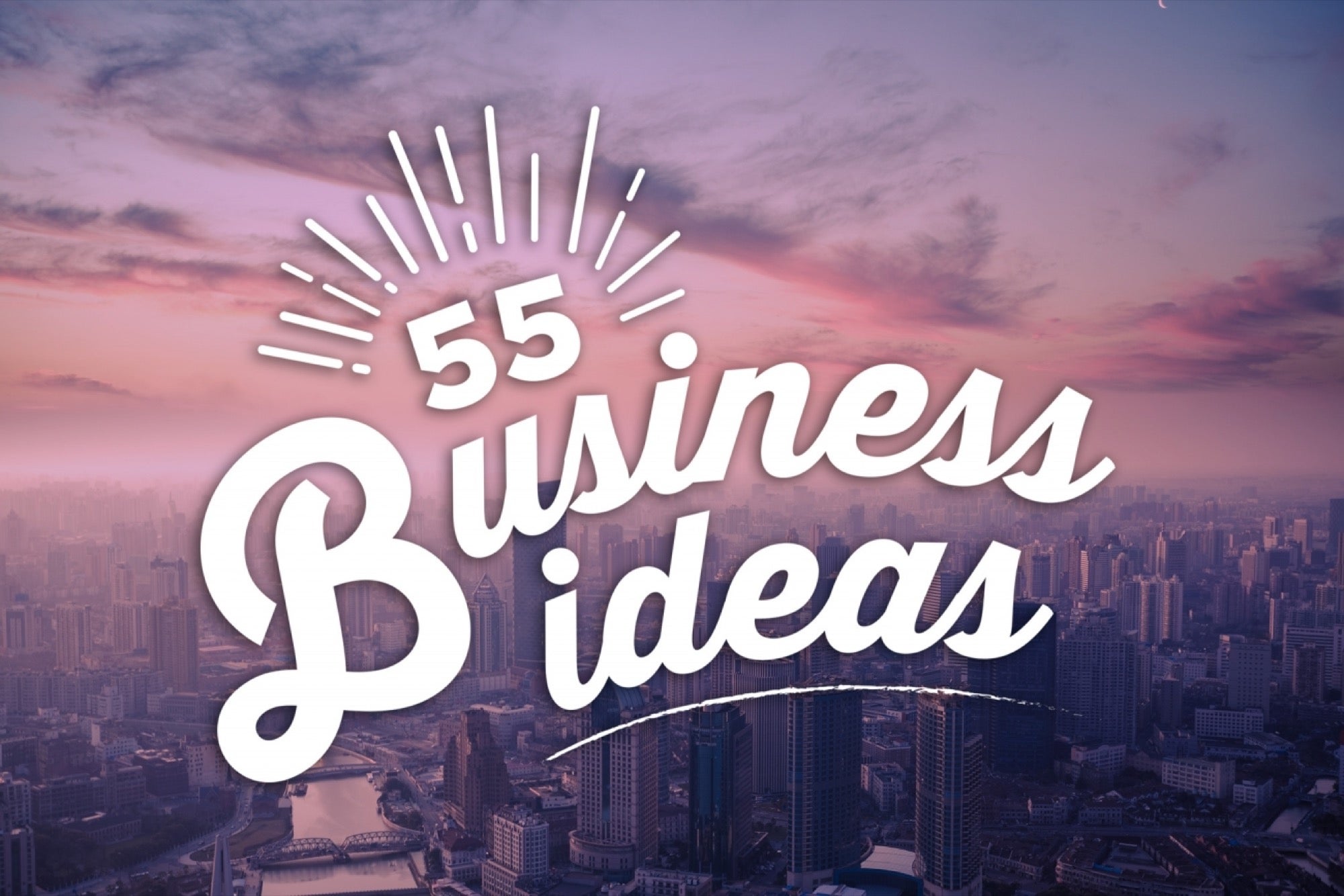5 Key Ways to Make Your Product More Useful or More Appealing to Customers
In order to proposition simplify your product, try these tips for making it either more useful or more appealing to buyers.

By Richard Koch •

Opinions expressed by Entrepreneur contributors are their own.
The following excerpt is from Richard Koch and Greg Lockwood's book Simplify. Buy it now from Amazon | Barnes & Noble | iTunes
There are five ways to make a product or service more useful:- Vary performance -- make more (or less) powerful
- Improve quality
- Add new capabilities without adversely affecting ease of use
- Provide a wider range of products
- Personalize
Some propositions are more useful across all five of these dimensions. For example, Facebook offers a "social operating system" for the internet, aiming to sit at the center of users' online social lives. You could argue that it ticks all the boxes above when compared with how people traditionally kept in touch and interacted, and that it offers a wide range of activities on the site while ensuring that it remains easy to use. TripAdvisor, Google Search and Uber also tick all five boxes.
Related: 5 Ways to Increase Your Sales and Make Your Products Easier to Use
In some cases, however, one or two of the ways to increase usefulness stand out. Starbucks' usefulness hinges on the fact that it's a convenient place to meet friends, with pleasant surroundings. You won't be moved on as soon as you've finished your drink and the Wi-Fi is free. Oh yes, and they sell a wide range of coffee (although the quality is hotly debated).
Although greater usefulness is present in the large majority of proposition-simplifying examples, in some cases, it's not important at all. With Wonga and Zipcar, for instance, ease of use (specifically the ease with which the product may be obtained) is paramount; the basic usefulness of the product (short-term loans and car hire, respectively) has hardly changed at all.
The signature characteristic of proposition-simplifiers is that, in all cases, hard usefulness is added without making the user experience more complicated. Moreover, boosts to the product's usefulness are always combined with increases in its ease of use.
More aesthetically appealing
We define "art" as anything that enhances the appeal of a product that cannot be reduced to hard usefulness or ease of use. Art has to do with the appearance and texture of a product or service, how it makes the customer feel and how it turns consumption into a great experience.
Steve Jobs understood this better than anyone. When making the Apple II, he took inspiration from Cuisinart's revolutionary food processor, introduced five years earlier. With its rounded, transparent shapes, the Cuisinart is very useful but also a beautiful artefact in itself. Jobs repeatedly told his people to make Apple computers "look friendly." Hardly anyone understood what he meant, but that was part of the advantage he had over his rivals. It's hard to imagine IBM's designers -- competent as they were -- understanding the concept of a "warm and friendly" machine.
Jobs explained: "We're really shooting for Museum of Modern Art quality." He urged this principle to be applied even to invisible components, such as the motherboard: "I want it to be as beautiful as possible, even if it's inside the box. A great carpenter isn't going to use lousy wood for the back of the cabinet, even though nobody's going to see it." First impressions were crucial: "When you open the box of an iPhone or iPad, we want that tactile experience to set the tone for how you perceive the product."
More than nine out of every 10 proposition-simplifying cases we've identified have involved a substantial addition of art to the product mix. One of the earliest examples was Alfred Sloan's decision to change General Motors' car models every year -- the first time anyone in the industry had displayed such a commitment to style and fashion. "The appearance of a motorcar," he said, "is a most important factor . . . perhaps the most important single factor."
Related: How Ford Created a Huge Market by Lowering its Prices
Today, web-based companies such as Google, Twitter and Spotify lavish a great deal of attention on how they present themselves. In a prophetic article in the New York Times in 2007 -- when Myspace was three times larger than Facebook -- the latter's "clean, uniform appearance" was contrasted with the former's cluttered layout. A user of both said that he checked Facebook several times every day but hardly look at his Myspace account any more. "Myspace is so messy, and there's so much spam," he said. "It's not worth it."
Art can simplify or it can make a product more complicated. You should aim for the kind that simplifies, that communicates so directly and intuitively that words and other explanations become redundant. With the desktop icons on the first Macintosh, and the touch-screen capability of the iPod, iPhone and iPad, we see a marriage of art and technology that not only beguiles users but makes their lives easier and richer. The best simplifying art is important not only in its own right but because of the hard benefits it generates in terms of convenience and utility.
The Vespa scooter shows how art can combine seamlessly with ease of use. Introduced in 1946, conceived to be both a work of art and an intensely practical machine, it was designed to be extremely easy to use for its well-dressed riders. Men in suits and women in ankle-length skirts were able to ride the scooters without any risk to their expensive clothes. The patent documentation said the motorcycle had a frame "with mudguards and engine cowling covering all working parts" so that it would offer "protection from mud and dust without jeopardizing requirements of appearance and elegance." In the 1953 movie Roman Holiday, Audrey Hepburn rides side-saddle on Gregory Peck's Vespa. In the sixties, it was still a style icon, publicized by the Beatles and featuring in Fellini's La Dolce Vita.
Another product that uses art to reinforce ease of use and practical value is the Dyson bagless cleaner. It's easier to use than a conventional vacuum cleaner because there's no bag to replace. It advanced performance through its patented cyclonic separation technology. And it embodies simplifying art by letting you see what it's picking up, so you realize what a good job it is doing.
Related: How a Price Simplifying Epiphany Turned IKEA Into a Billion-Dollar Business
So art is usually a very important element in any proposition, but it can vary enormously from product to product. Whichever form it takes, though, the "artists" and designers who are given the task of creating a new product should understand clearly that their mission is both to simplify and to make that product a joy to use. Therefore, hire the best creative talent you can afford, and ensure that they really love the product before you commission them.
Richard Koch is an entrepreneur who has made over $300 million from starting businesses and investing in early stage venture capital. His businesses have included Filofax, Plymouth Gin, Belgo Restaurants, Betfair, FanDuel, and Auto1. He is author of many books on business and ideas, including The 80/20 Principle, which has sold over a million copies and been translated into 35 languages, and his newest title Simplify: How the Best Businesses in the World Succeed.










